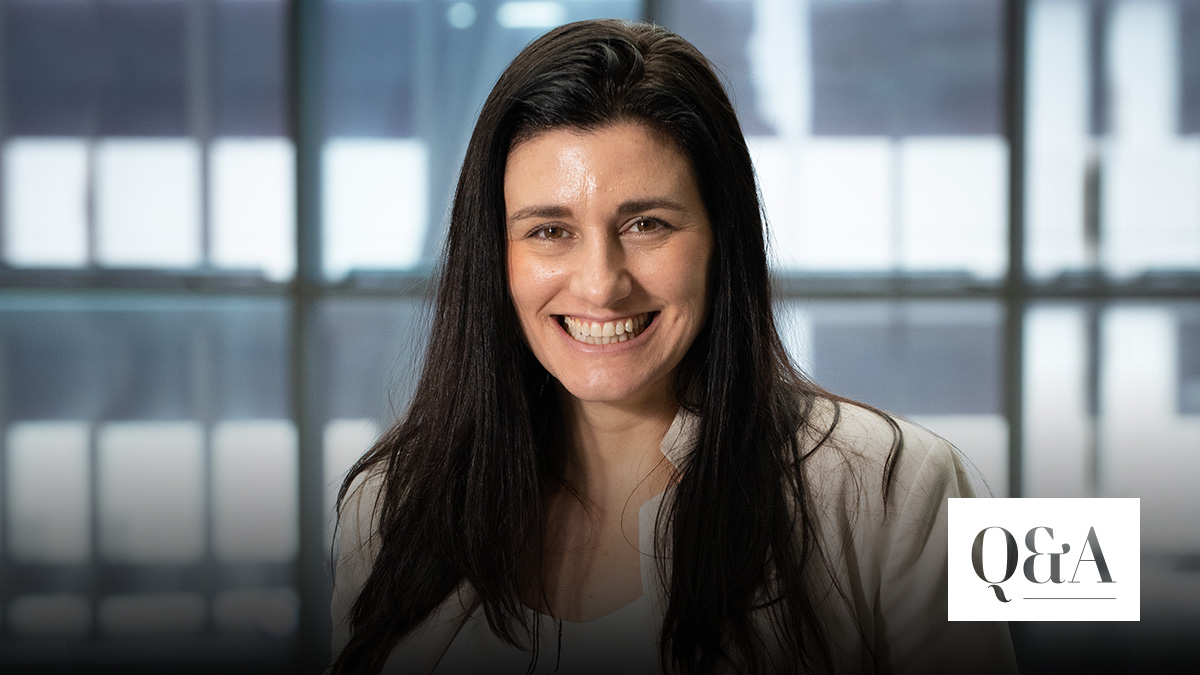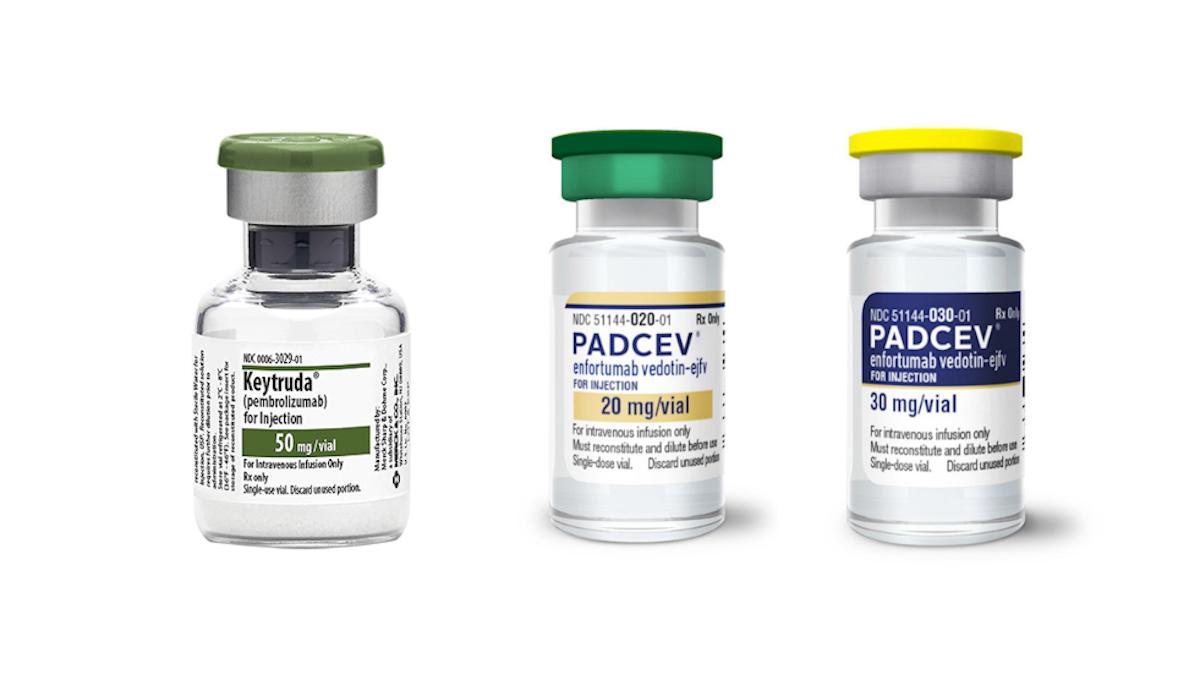Q&A: Draper’s Jenna Balestrini on the future of CAR-T

As exciting as CAR-T is, there are still myriad challenges preventing it from reaching its full potential. Jenna Balestrini, head of strategy and business development at Draper, gives us her views on the biggest barriers to wider usage of these innovative treatments and how to overcome them.
Is CAR-T living up to its promise yet?
The promise of CAR-T is that we can have a single-dose curative solution to treat cancer, and in some ways that is true. There are some cases where a patient (such as Emily Whitehead) was dosed with an autologously-sourced cellular therapy after traditional approaches of radiation and chemo failed, and that cell therapy eradicated cancer in their body.
In that way CAR-T has and is living up to its promise as a curative solution. However, this is not the case for the majority of patients who receive this therapeutic. There are a number of issues including relapse, lack of specificity, limited response, toxicity and side effects. Also, there is a general lack of patient access, especially outside of the indications already approved for the two available cell therapies (Yescarta and Kymriah). Unless a patient is lucky enough to get into a certain trial, under certain care, with a certain kind of cancer, and with a certain kind of genetic predisposition, CAR-T may not work for them.
What needs to be done to fulfill the promise of CAR-T are two things. As a scientific community, we need to think more critically about ways we can broaden the abilities of these biologic agents—these living cell therapies—to treat not just the immediate hematologic blood cancers but also those patients who have gone through multiple rounds of chemotherapy and radiation, which can seriously damage their initial blood material.
We also need to make a system that is much more one-size-fits-all in terms of its capability of treating cancer. So, the starting material needs to be better, and the biology needs to be more specific. For example, in the case of solid tumors, you need to have a scenario where the cell-based therapy doesn’t introduce rejection via either graft-versus-host or host-versus-graft disease. We need to have a scenario where if you have a patient population that doesn’t have, say, enough healthy T-cells to begin with, or have enough healthy blood material to work with, we will have a source for that starting material.
What are the biggest remaining unmet needs for patients when it comes to CAR-T?
There are both scientific and business needs that must be understood for these therapies.
The unmet scientific need is understanding why some of these CAR T-cell therapies work and why some don’t. As scientists, we need to understand why certain patients respond better, and why we have scenarios in which we can readily adapt these therapeutics for some kinds of cancer but not others. Finally, we need to be able to create biologics that are readily available so that patients can get them when they are initially sick and not after multiple rounds of other options, like chemotherapy and radiation.
There are a large number of studies that show once a patient completes one to two rounds or more of chemotherapy or radiation, their cells are unable to efficaciously be changed into a cell-based therapy. Getting a patient’s materials earlier would be beneficial. For example, the first time you, as a patient, are diagnosed with cancer, you could have your cells removed and made into a therapeutic, and that would give you a much greater chance for the therapy to be successful. It would also avoid the current situation where your starting material is damaged through rounds of chemotherapy.
In terms of unmet business needs, it is safe to say that these customised immunotherapies are on the brink of revolutionizing how we treat cancer. The commercially approved applications of CAR-T therapies are currently limited to treating just a few kinds of blood cancers, and even these indications require a patient to have undergone several other therapies unsuccessfully. The reality is that when we do develop therapies for larger patient indications, the current healthcare system cannot afford them. Consider the cost of treating 300,000 cancer patients a year, roughly half of those that die from their disease. At $373,000 per patient, the increased burden to the healthcare system would not be sustainable. This cost does not include other associated costs from providing the therapy to the patient – hospitalisation, medical support, etc. The unmet need is having a means to manufacture therapeutics at high volume, in significantly less time (i.e. less than 3 days), and at significantly lower cost per therapy. Patient access to these potentially life-saving therapies will require that the costs do not significantly increase the burden on the established healthcare systems.
What are some other barriers to widespread adoption of CAR-T and accessibility for patients?
Other barriers center on patient access to the therapy. For instance, one barrier is how clinical trials are set up, which patient cohorts are chosen and therefore are the contingency that are approved for the therapy use, and ultimately what patients are allowed to have access to them.
Another barrier is the current approach to introducing CAR T-cell therapy only after other treatment options are exhausted. This is a big challenge because it’s not just about the patient’s starting material but it’s about how sick the patient is once they get to you. A patient may have gone through seven rounds of chemotherapy and radiation, and now they are compromised. If we can make CAR-T a front-line therapy, it would make it more accessible and affordable.
What makes CAR-T treatments so expensive? Are there any ways to reduce costs?
One of the reasons CAR-T treatments are so expensive is that the industry does not have an automated, systematic manufacturing process, and because of that, there is an over-reliance on using instrumentation and processes that have been ‘borrowed’ from other therapies, like blood banking or stem cell transplantation. Most cell therapy manufacturing processes came out of academic institutions. In academia, your touch labor is typically grad students and therefore is inexpensive, while the touch labor in industry is trained professionals and comes at a much higher cost. The high degree of touch labor also contributes to a breakdown in therapy development and hinders its scalability. Tissue engineering, as a field, suffered broadly for these exact reasons.
What difficulties exist in manufacturing CAR-T therapies? How are they affecting access?
CAR T-cells are a promising therapy, but the current state of biomanufacturing is very complex, expensive and time-consuming, often requiring multiple rooms, highly skilled technicians and many instruments. The process for developing CAR T-cell therapies involves gathering T cells from the cancer patient’s blood, re-engineering them in a lab so they will recognise cancer cells as an enemy and then reintroducing these enriched T cells to the patient’s body. The current price tag for a single treatment is $450,000. The typical timeframe is 12-17 days.
One reason for this bioprocessing bottleneck is that manufacturers are using equipment that’s been retrofitted from other purposes, and then strung them together. With each step in the process, manufacturers typically have to conduct extra quality control measures, which can result in lost time and material and significant expense.
What’s needed is a bioprocessing platform that can help cell therapy developers bring their therapies to market more quickly, safely and affordably.
Draper is working to develop microfluidic platforms that will perform key steps of the CAR T-cell manufacturing process, as well as processes for other types of cell therapies. Innovations include a technique known as acoustophoresis for separating and enriching the immune system cell population that includes T cells using sound energy, as well as a platform for accelerating the process for transferring genetic material into T cells from the current one-to-three days to less than a day.
The goal of these microfluidic technologies is to create improvements in the cell therapy manufacturing process by combining fluidic control, precision and the ability to scale to higher throughput systems for easy integration with existing manufacturing equipment.
What are your future plans for the technology?
I can imagine a scenario where Draper is not just making devices that manufacture cell-based therapies but going further by incorporating artificial intelligence (e.g., machine learning) into these devices. This intelligence would enable us to not just study and learn from the data that is being extracted from our devices but also inform the process. I think that’s the future of really smart engineering.











